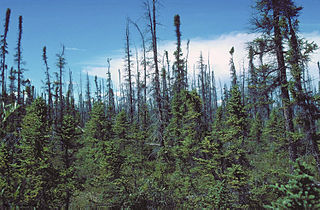Controversial species
The following species have been recorded, but not accepted as wild:
Many species of North American landbird have been recorded in Great Britain as vagrants. Most occur in autumn; southwest England attracts the greatest proportion, but northern and western Scotland comes a close second. Occasionally birds overwinter, and some species (e.g. Baltimore oriole) are more prone to this than others. Vagrancy also occurs in spring, and some species (e.g. white-throated sparrow and dark-eyed junco) do in fact have more records at this time than in autumn. Weather systems are thought to be the primary reason for the occurrence of birds in autumn; some birds seen in spring may simply be overshoots, although ship-assistance may also play a part.
The following species have been recorded, and accepted as wild by the British Ornithologists' Union Records Committee:
The following species have been recorded, but not accepted as wild:

The boreal forest or taiga of the North American continent stretches through a majority of Canada and most of central Alaska, extending spottily into the beginning of the Rocky Mountain range in Northern Montana and into New England and the Adirondack Mountains of New York. This habitat extends as far north as the tree line and discontinues in mixed deciduous-coniferous forests to the south. The "taiga", as it is called there, of Eurasia occupies a similar range on those continents. Throughout the Northern Hemisphere, the boreal forest covers 2.3 million square miles, a larger area than the remaining Brazilian Amazon rain forest. Although it is largely forest, the boreal forests include a network of lakes, river valleys, wetlands, peat lands and semi-open tundra.

Missouri is home to a diversity of both flora and fauna. There is a large amount of fresh water present due to the Mississippi River, Missouri River, and Lake of the Ozarks, with numerous smaller tributary rivers, streams, and lakes. North of the Missouri River, the state is primarily rolling hills of the Great Plains, whereas south of the Missouri River, the state is dominated by the Oak-Hickory Central U.S. hardwood forest.
To be completed